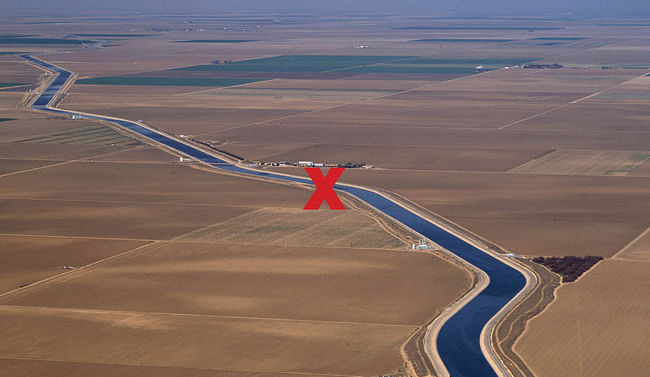"The Continental Compact," an honorable mention in Dry Futures Speculative category

From "the Continental Compact" proposal by Ian Caine, Co-Designer, Derek Hoeferlin, AIA, Co-Designer, Emily Chen, Illustrator and Researcher, Tiffin Thompson, Illustrator and Researcher, Pablo Chavez, Illustrator.


















